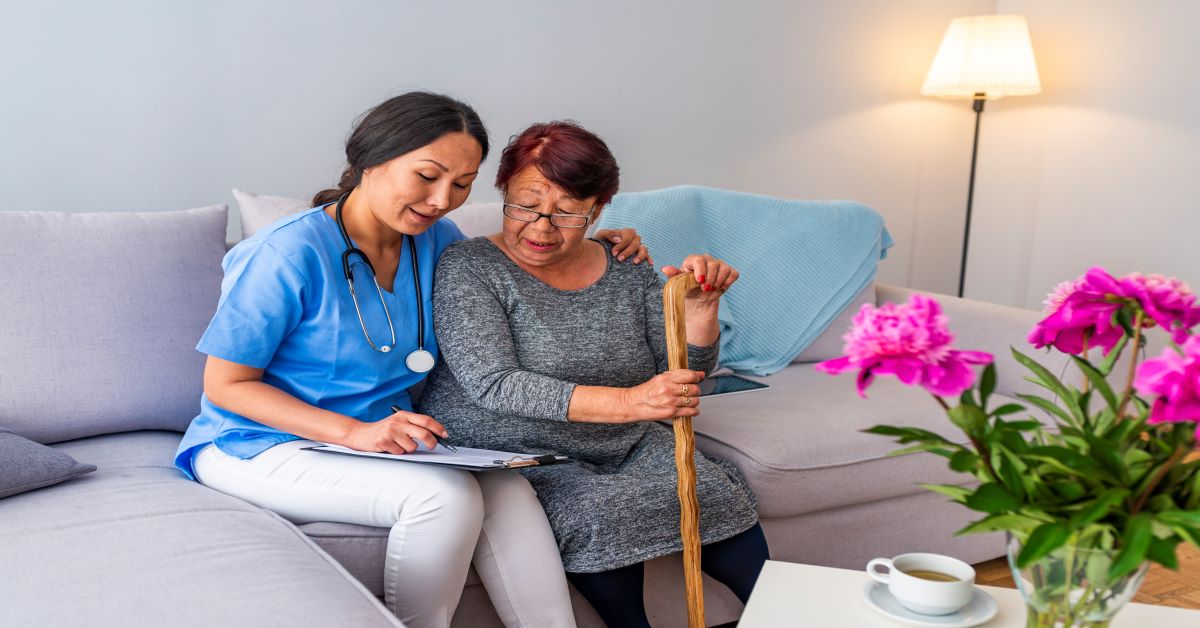15 Dec Home Health Final Rule 2021 Changes
On November 4, 2020 the Centers for Medicare and Medicaid Services (CMS) published the final rule for 2021. Overall the changes this year were minimal since this was the first year for the Patient-Driven Groupings Model (PDGM) and there is not enough data to support significant changes. Furthermore, the COVID pandemic affected industry operations which mitigated reform to the PDGM payment structure. Agencies should review the changes affecting their operations from the fifty-nine-page rule, but here is a quick glance at the updates:





 Yes. According to CMS, outpatient therapy services may be provided by a home health agency to patients who are not homebound or otherwise are not receiving services under a home health plan of care (POC). These services are not paid under the Home Health Prospective Payment System (HH PPS). The reimbursement for the outpatient therapy services is calculated using the Medicare Physician’s Fee Schedule (MPFS).
Yes. According to CMS, outpatient therapy services may be provided by a home health agency to patients who are not homebound or otherwise are not receiving services under a home health plan of care (POC). These services are not paid under the Home Health Prospective Payment System (HH PPS). The reimbursement for the outpatient therapy services is calculated using the Medicare Physician’s Fee Schedule (MPFS).
 As the 21st Century Cures act moves to the forefront of home health agency staffs, many agencies find themselves trying to prepare for the inevitable. According to their official website
As the 21st Century Cures act moves to the forefront of home health agency staffs, many agencies find themselves trying to prepare for the inevitable. According to their official website 



